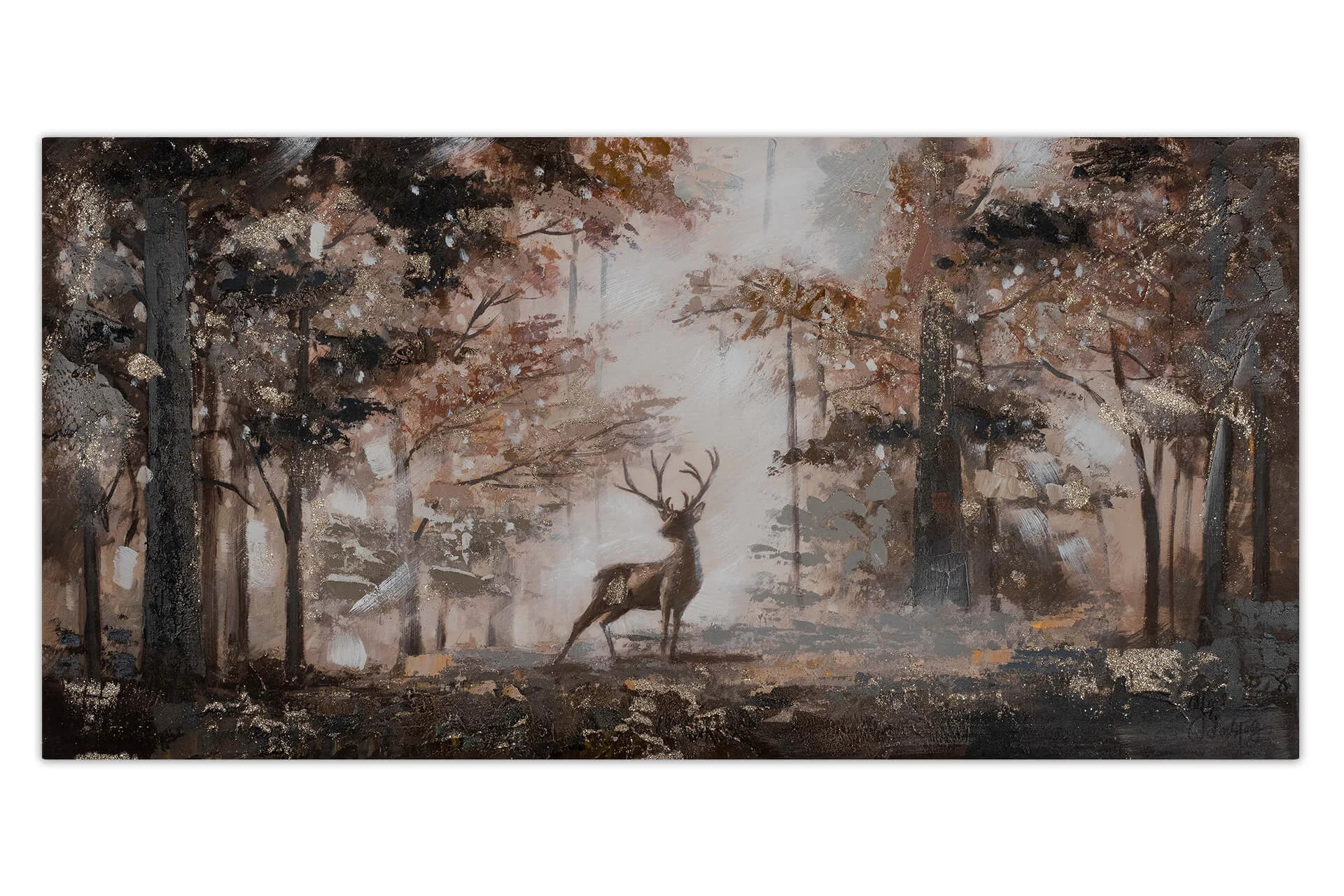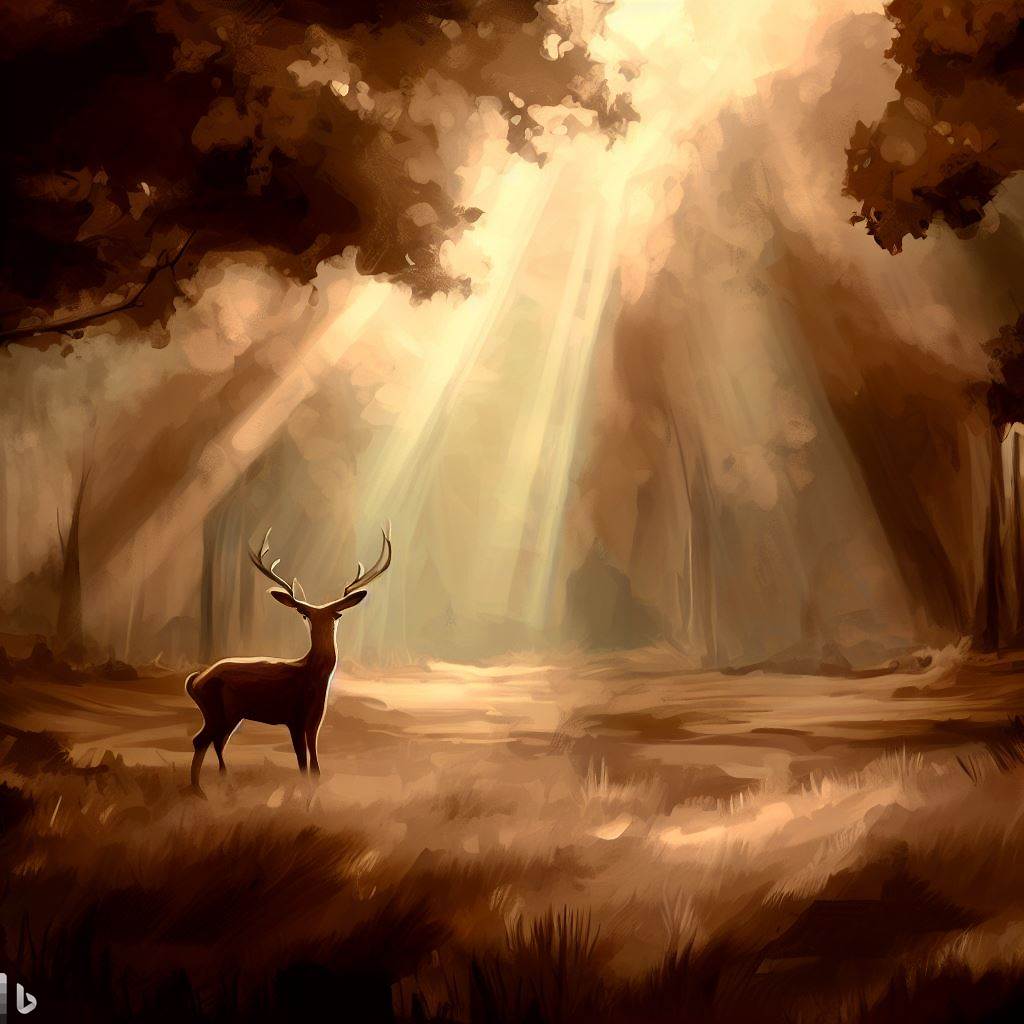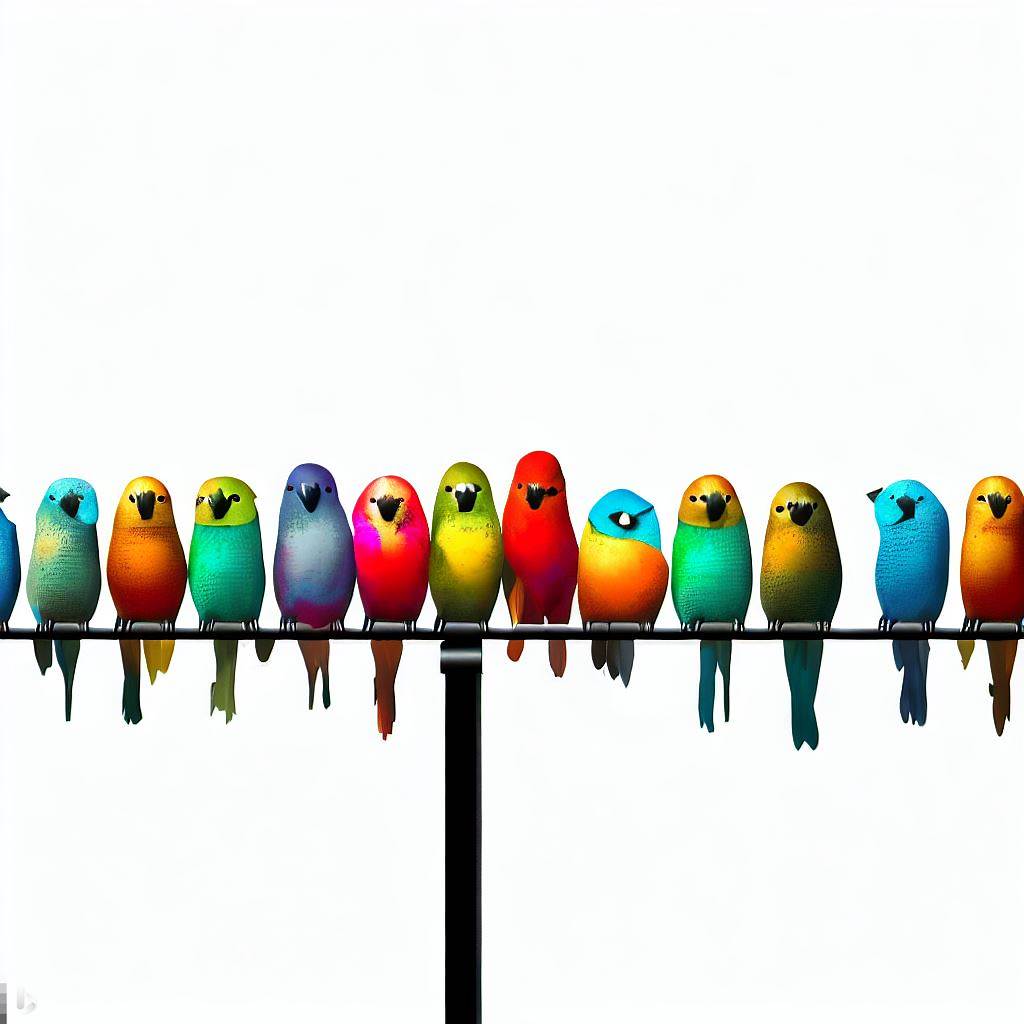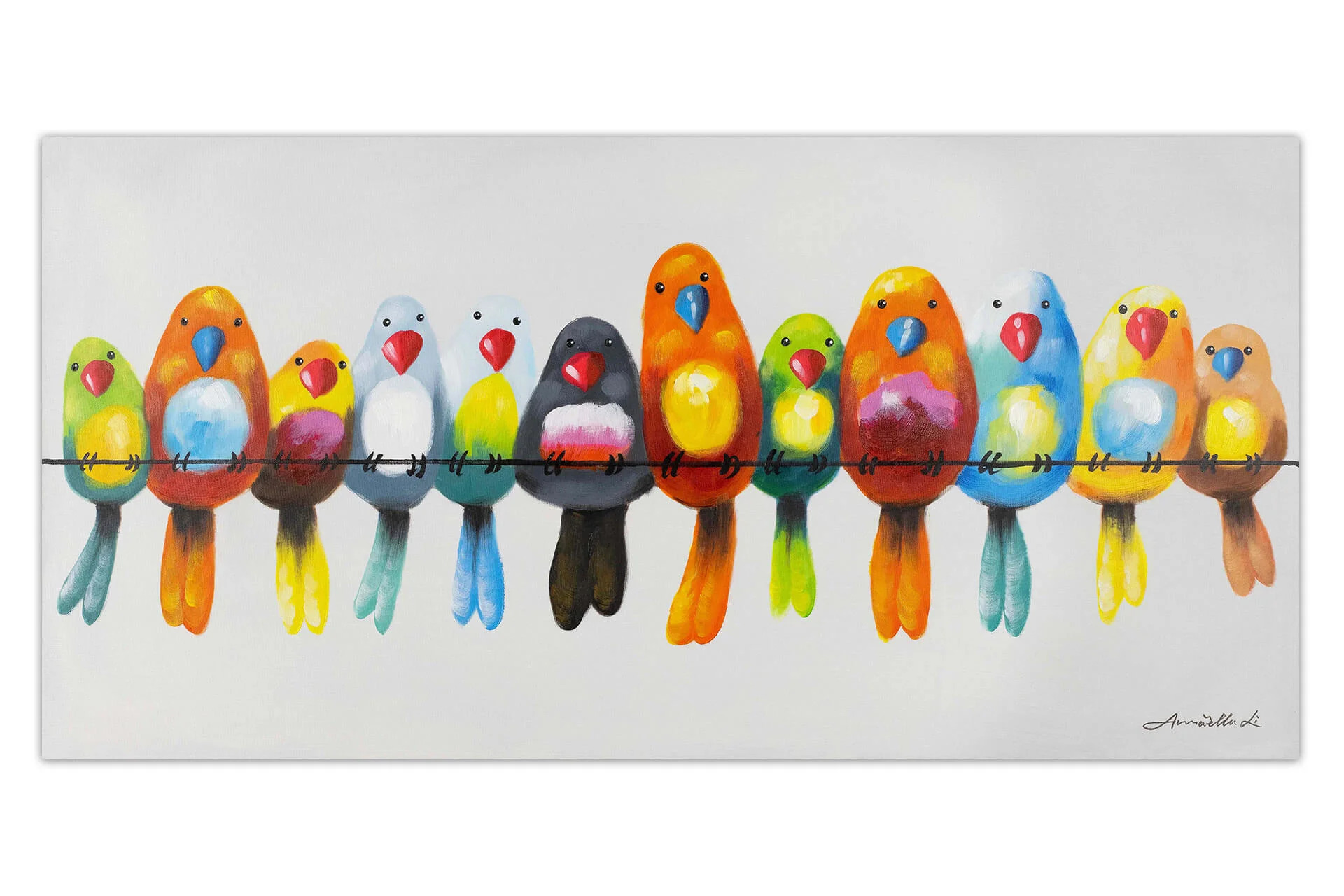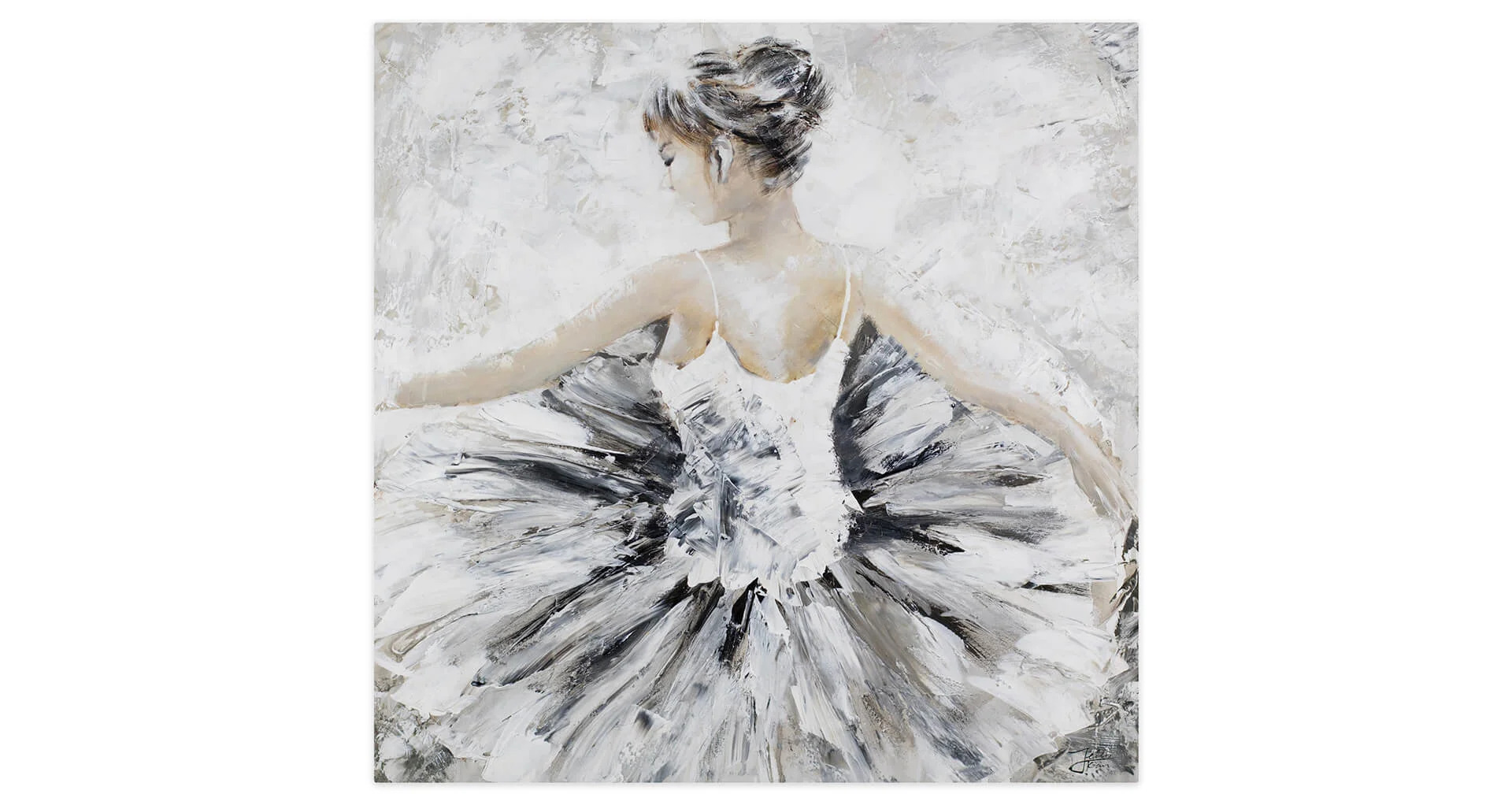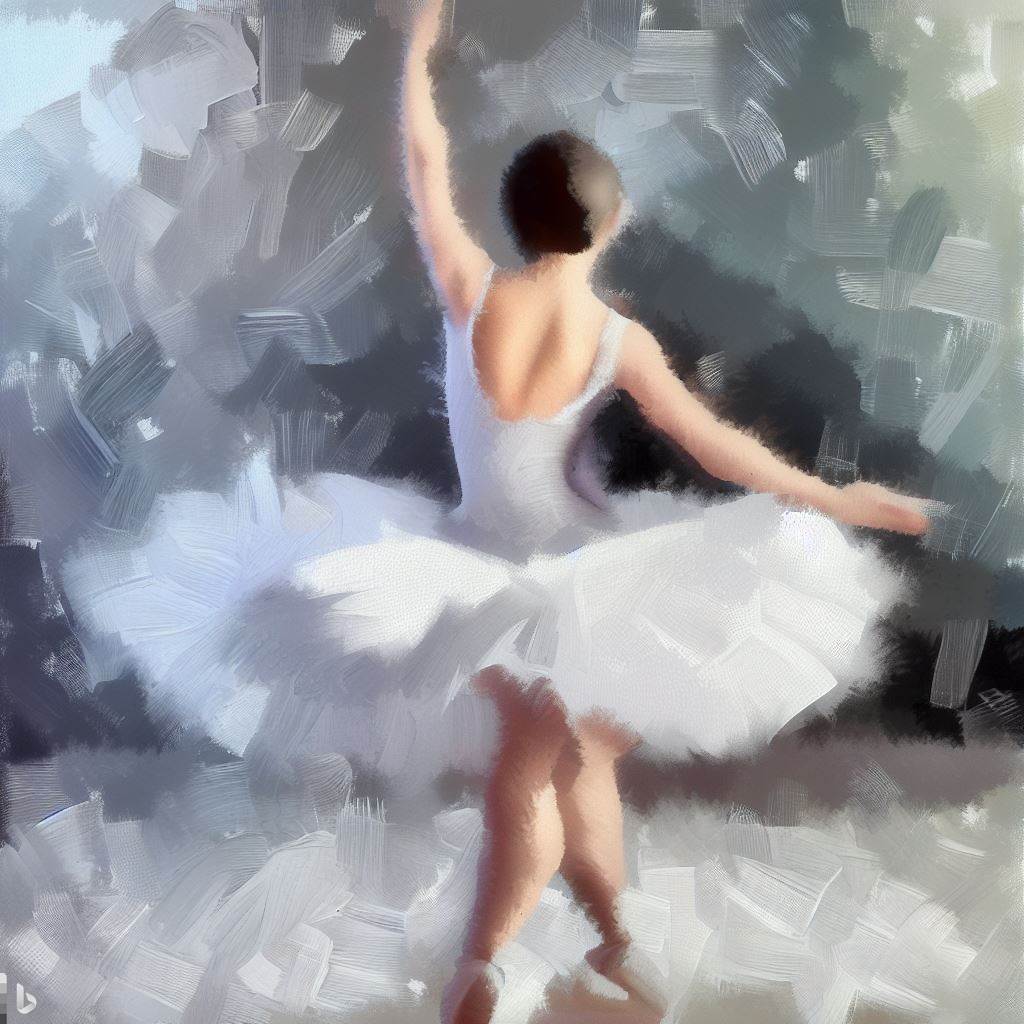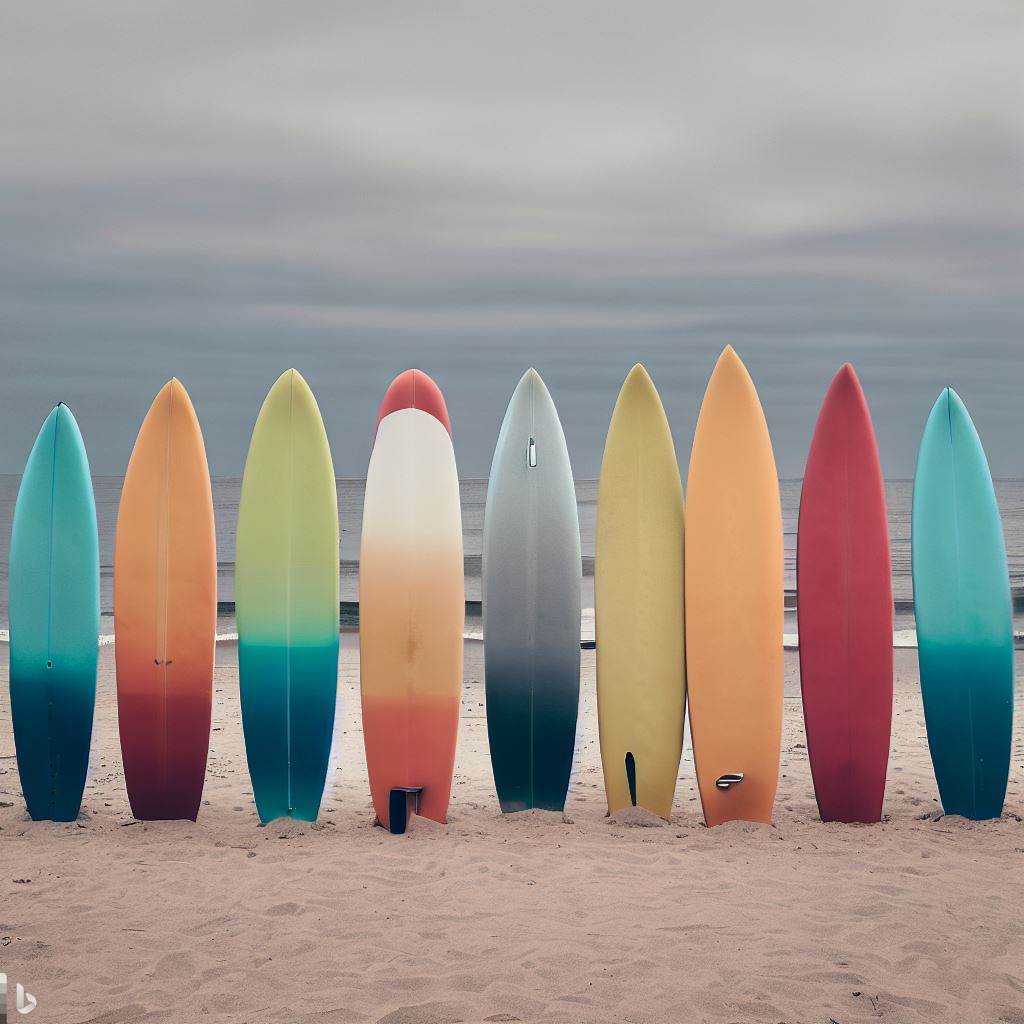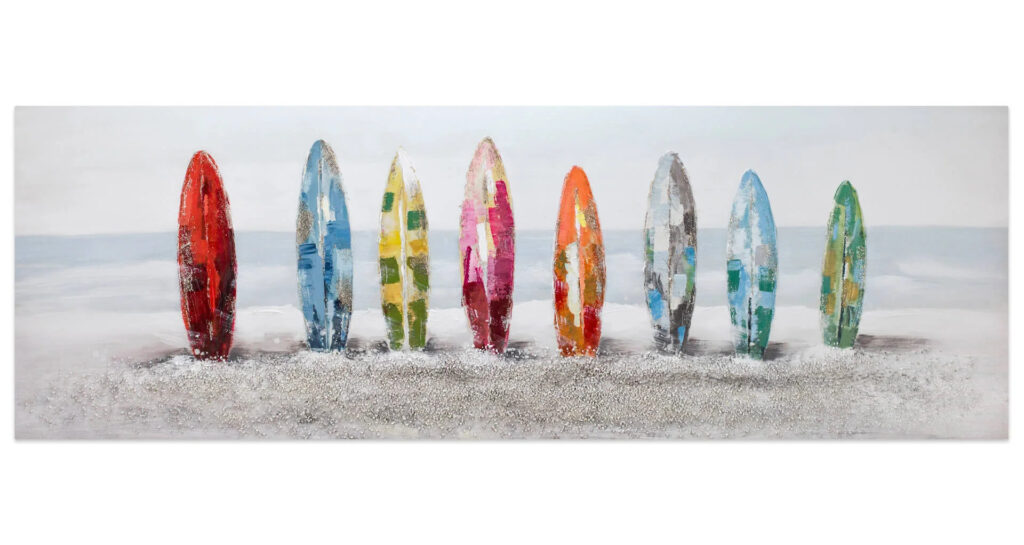
AI Art: The Fascinating World of AI-Generated Images
In recent years, artificial intelligence (AI) has made great strides and found its way into various areas of our lives. AI is also causing a stir in the art scene, especially through the generation of impressive images and artworks. In this article, we take a look at the latest findings and developments in the field of AI-generated art.
AI art is the term used for images that are generated on a computer and either printed or painted at a later date, or for sale on the internet as NFT art. Beyond images, AI can also be applied to art forms such as music, architecture and sculpture.
The Magic of AI Generated Art
AI as a creative partner
The use of AI in art has ushered in a new era of creativity. Artists are using AI algorithms to generate new ideas, push boundaries and expand traditional approaches. AI acts as a creative partner that creates unique artworks based on existing data and patterns.
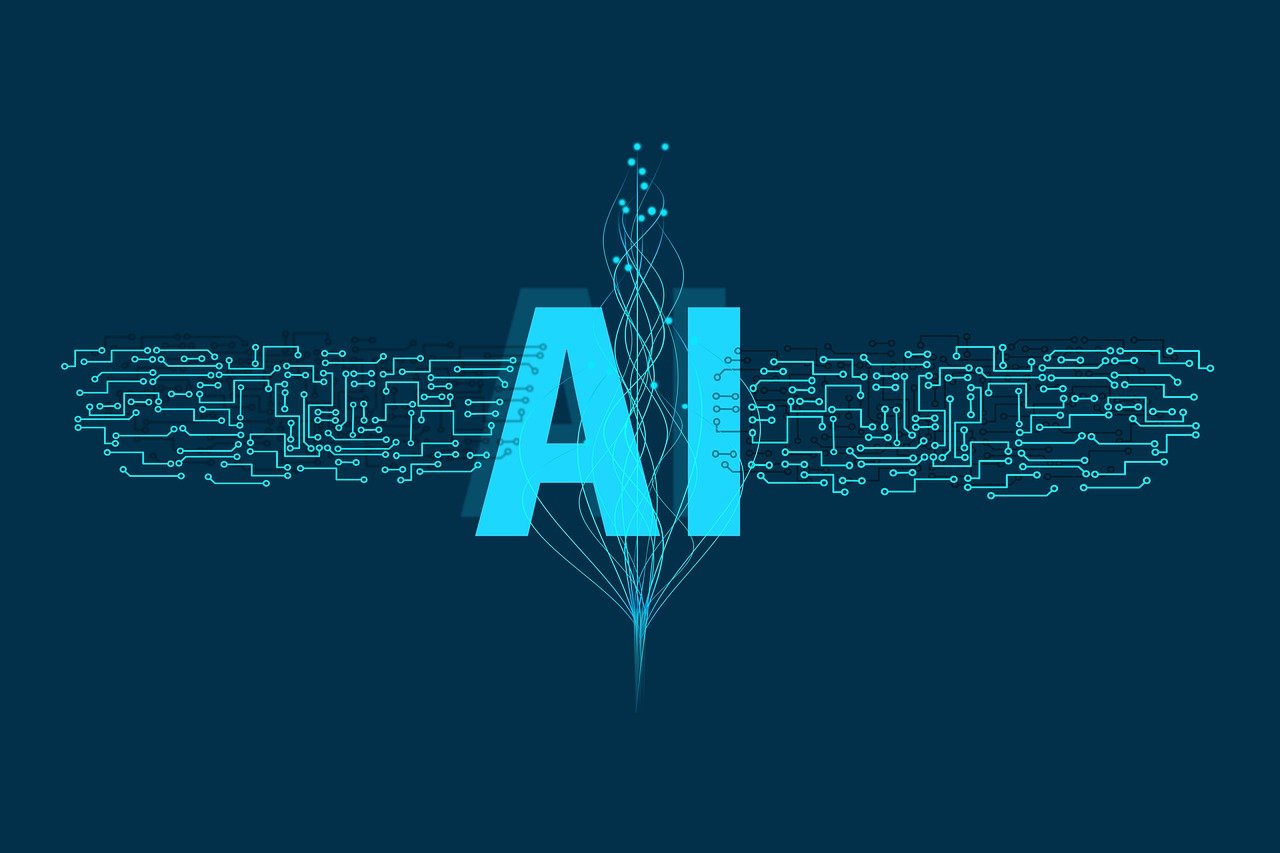
AI as inspiration
Another fascinating application of AI in the arts is its ability to offer artists new perspectives and inspiration. By analysing large amounts of data, AI can identify trends and patterns that may be overlooked by human creatives. This enables artists to improve their own work and discover new directions.
AI generated images: Technology in detail
Generative Adversarial Networks (GANs)
One of the most important technologies behind AI-generated art are Generative Adversarial Networks (GANs). These networks consist of two components: the generator and the discriminator. The generator creates images, while the discriminator tries to distinguish between generated and real images. Through this game, both components constantly learn and generate more and more realistic and high-quality images.
Transfer Learning
Another crucial technique in the field of AI-generated art is so-called transfer learning. Here, the AI uses existing data and models developed for other tasks and applies them to the art field. By using information that has already been learned, the AI can generate new artworks faster and more effectively.
Own examples: Real paintings - AI art
Famous examples of AI art
The following examples illustrate the range of possibilities opened up by the use of artificial intelligence in art. From portraits to abstract compositions to the revival of past styles, AI has the potential to enrich and expand the art world.
“Portrait of Edmond de Belamy”
This AI-generated portrait was created by a Generative Adversarial Network (GAN) and sold at auction in 2018 for around US$432,500. It was the first AI-generated artwork to be sold at a prestigious auction. The artwork was created by “Obvious”, a Paris-based collective.
“The Next Rembrandt”
In 2016, this project was launched to create a new painting in the style of the Dutch master Rembrandt van Rijn. Using data analysis and AI algorithms, an algorithm was developed that studied Rembrandt’s style, technique and motifs and eventually created a new painting in his style.
“The First AI-Generated Artwork Sold by Christie’s”
In 2021, an AI-generated artwork was sold at Christie’s, one of the world’s leading auction houses. The work, created by a GAN, was an abstract composition that combined different shapes and colours.
The Future of AI Generated Art
AI and human creativity
It is important to emphasise that AI art is not a threat to human creativity, but rather should be seen as an enhanced tool. AI can provide ideas and inspiration, but the actual creation remains in the hands of the artists. The combination of human creativity and AI opens up completely new possibilities and leads to innovative works of art.
AI generated art in everyday life
AI-generated artworks will also influence our everyday lives. From personalised artworks to customised furnishings, AI will help art and design become even more present in our lives. Individual creations can be generated based on people’s personal preferences and styles, resulting in unique and meaningful artworks.
Copyright protection in AI Art
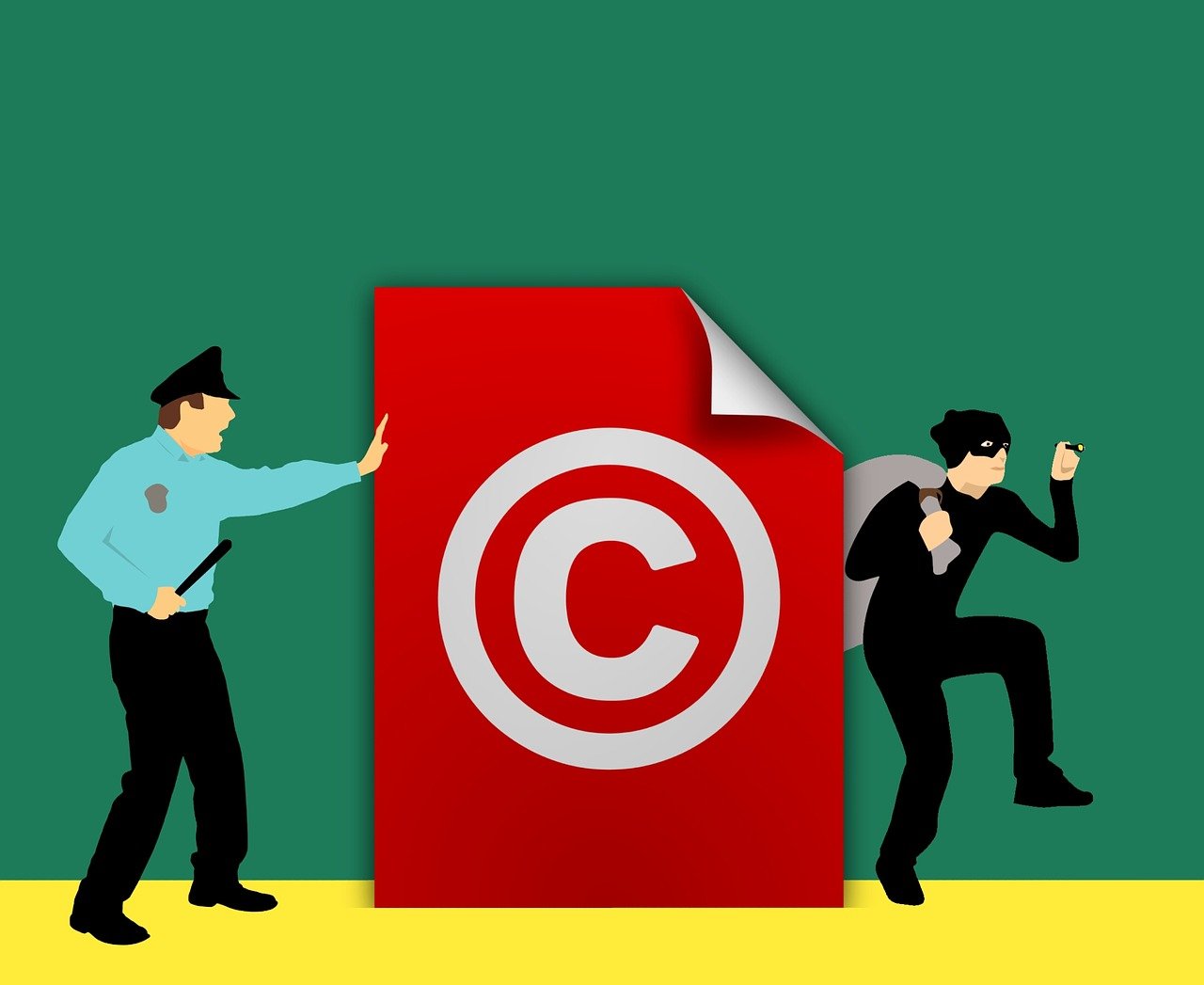
The question on everyone’s mind: Are humans even the creators of AI-generated artworks? And what about images and videos that are created entirely without human intervention and solely by algorithms?
At first glance, it seems quite simple: “A work of art created solely by artificial intelligence is not subject to copyright protection,” says Sarah Polcz of Stanford University’s law school. Accordingly, anyone could copy the work without hesitation. Digging deeper, however, makes things more difficult, because Polcz points out: “A work of art often results from the combination of humans and artificial intelligence” and “Some AI models are trained with material that can be protected by copyright. For when is an AI merely inspired by the technique of a well-known artist and when does the AI art become a copy?
Future Trend AI Art
The combination of artificial intelligence and art opens up an exciting and fascinating world. AI-generated images and artworks impress with their beauty and originality. Advances in AI technology allow artists to expand their creativity and push new boundaries. The future of AI-generated art is promising and will undoubtedly continue to excite and inspire. And the legal aspects of AI art will also keep society on its toes in the near future.
Image credits: © KunstLoft, geralt – Pixabay, Mohamed_hassan – Pixabay


